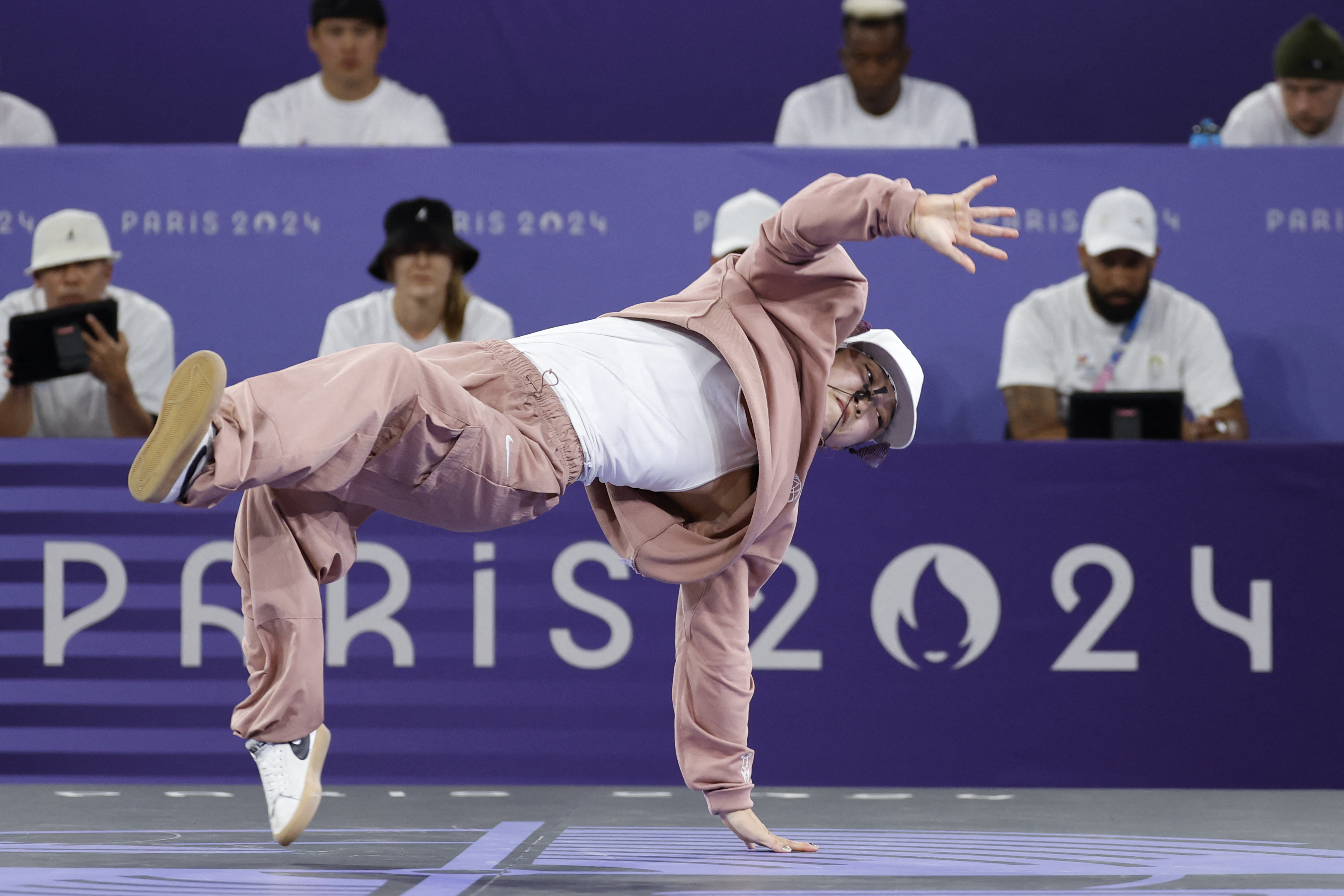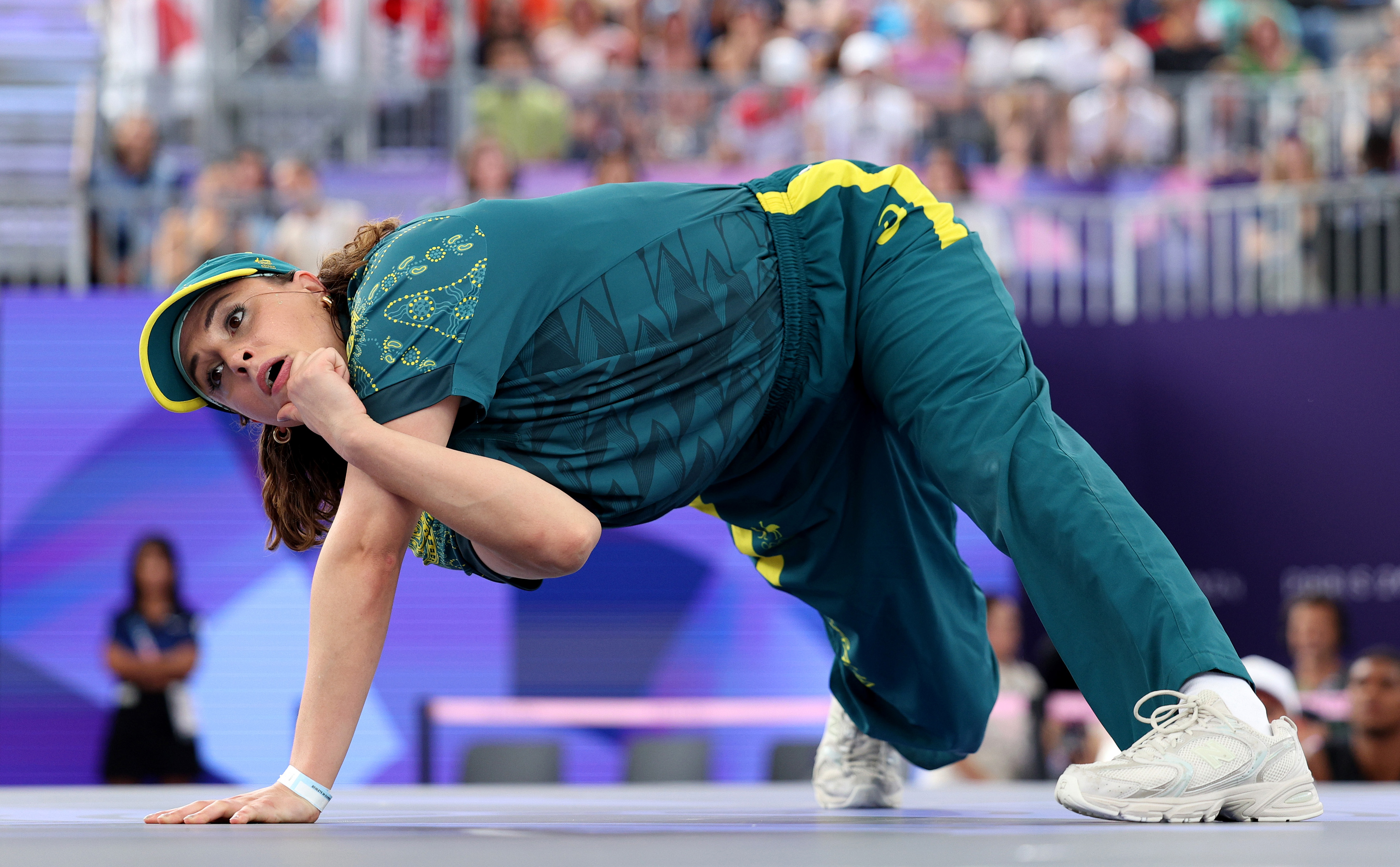With breaking taking center stage in Paris in its Olympic debut, many are likely curious about the technical aspects of this event. Here we break down the basic elements that comprise the foundation of breaking.
Check out the video above to see all of these moves in action!
The emphasis on originality is one reason the dance is always evolving. But the basics stay the same: a round of breaking lasts 30 seconds to a minute, and it's made up of five parts:
- Top Rock: The beginning of a round. The dancer makes a first impression on the audience and the judges by dancing out onto the floor standing up.
- Go Down: The "drop" in which dancers go from upright to horizontal (or even upside down) in an eye-catching way.
- Footwork: Once on the ground, dancers perform moves with their feet, in time with the music.
- Power Moves: Spinning moves, including head spins, back spins and flares.
- Freeze: The "exclamation point" that often comes at the end of a round, in which a dancer stops on the beat and stays frozen for 2 to 3 seconds, often upside down.
In the 90s, West Coast breaking was all about the power moves. In part, that was because young West Coast dancers had learned to break by watching movies and videos where the big spinning moves grabbed all the attention. But as breaking became an international competitive phenomenon, they soon learned that power wasn't enough to win a battle.
"You know, somebody that you compete against is going to have the same moves," B-boy Wicket told us. "So what's the difference? Oh, because you're faster? That's not enough. It's got to show your identity, your character, your personality."
Get a weekly recap of the latest San Francisco Bay Area housing news. Sign up for NBC Bay Area’s Housing Deconstructed newsletter.




